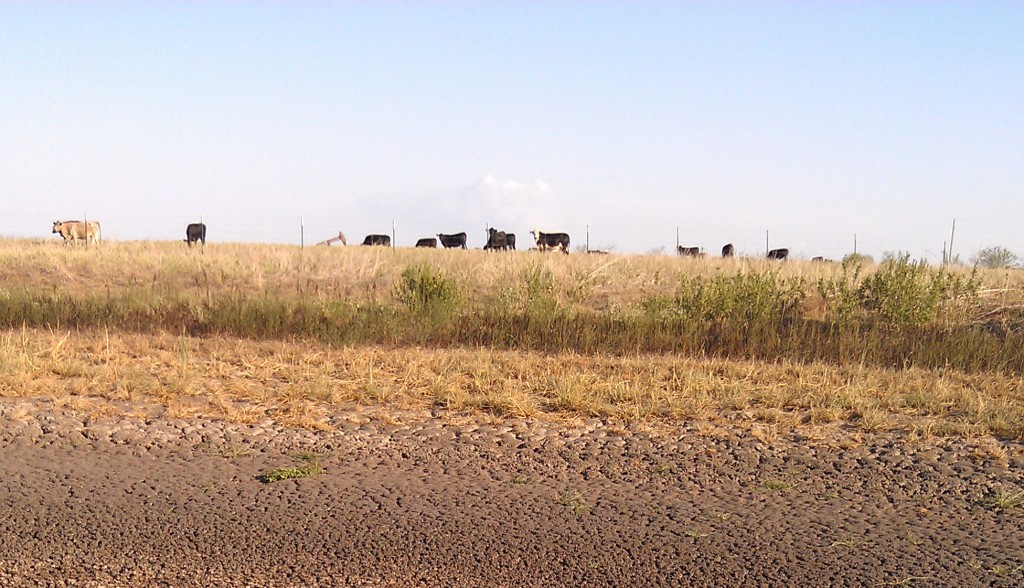WHIP+ relief could help producers during COVID-19 pandemic
Relief from 2018, 2019 drought losses may provide economic bridge to COVID-19 relief

The Agricultural and Food Policy Center, or AFPC, at Texas A&M University is reminding producers they may find some relief from current economic pressures by taking advantage of a U.S. Department of Agriculture Farm Service Agency program designed to provide relief from 2018 and 2019 natural disaster losses.
“These days, many producers are under even more economic pressure than usual,” said Bart Fischer, Ph.D., co-director of the center. “They are looking for ways to make upcoming crops profitable in the midst of persistently low prices. At the same time, they are dealing with the financial ramifications of the COVID-19 crisis.”
USDA recently sent out a news release reminding producers they might be able to find some financial relief for 2018 and 2019 losses through the Wildfires and Hurricanes Indemnity Program Plus, or WHIP+, program, which could help them get through their current economic crunch.
WHIP+ assistance
The Further Consolidated Appropriations Act of 2020, which provided an additional $1.5 billion for the continuation of disaster assistance, added excessive moisture and D3 or worse drought as qualifying losses for WHIP+ assistance. It also expanded WHIP+ to include assistance for crop quality losses.
“WHIP+ assistance, while it applies to covering natural disaster-related losses from the last two years, could be very timely for those producers who qualify and are in need of some financial relief at this time,” Fischer said.
Starting March 23, producers who suffered losses from drought or excessive moisture in either or both of those years could apply for WHIP+ assistance at their local Farm Service Agency office.
“Texas producers are eligible if any area of the county in which their loss occurred was rated D3 or higher on the U.S. Drought Monitor during calendar years 2018 or 2019,” he said.
However, Fischer noted, there are a few notable caveats related to WHIP+.
“One is that livestock losses are not covered by WHIP+ since they are covered by other disaster recovery programs,” he said. “Another is that if losses happened in a county not designated through the program as a primary county, they may still be eligible if the producer can document the loss was due to a qualifying disaster.”
Bridging the gap
The AgriLife Today story “Disaster relief authorized for crop producers affected by extreme drought” has a more complete explanation of the WHIP+ program and the counties affected by extreme drought in 2018 and 2019.
“It’s somewhat ironic that relief funds tied to one crisis could be used by producers to help them get through a different one, but that’s the reality of it,” Fischer said. “By the nature of their work, farmers are used to uncertainty and must adjust and adapt to difficulties. We hope for some Texas farmers, this will provide a means for them to adjust and get some needed funds during another challenging time.”


